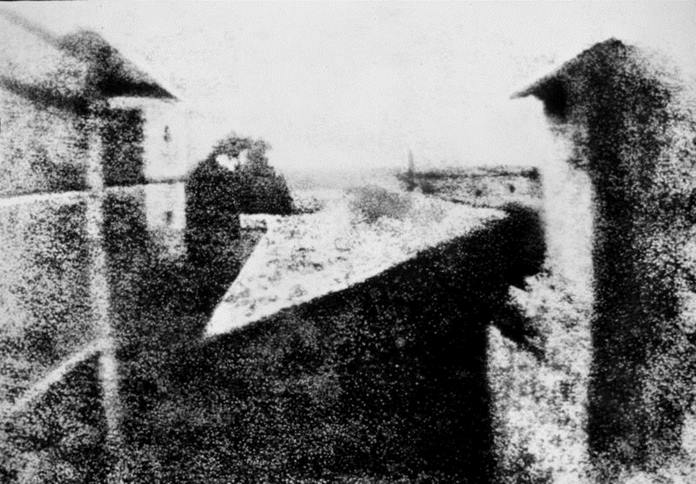
A new generation of photographers is upon us old “film” folk. However, there seems to be a very common notion that ‘somehow’ digital photography is totally different from the old fashioned film photography. I do not know how this happened, but let me assure you that digital cameras and film cameras do exactly the same job. It is only where the light falls and how it is stored and recorded that is different.
First, a few basics. All photography, since the French inventor Joseph Nicéphore Niépce first invented it in 1826, has worked on the principle of allowing the light carrying the image to go through a lens and then fall on to a sensitized surface. Originally this was a glass plate coated with silver compounds which got darker when exposed to light. The degree of darkness depended upon how much light came through the lens, and for what length of time. This is the principle covering aperture (or lens opening), and shutter speed (in other words, how long the aperture is left open).
That principle still holds good today. Originally, the aperture was literally as large as you could get, and the time was measured in hours. This was because the sensitized material was really not too sensitive at all, but we improved with the silver plates.
The first improvement came in the lens design. These could let more light through in a shorter period of time, and the aperture only needed to be left open for a few minutes, rather than hours.
The next major development was the sensitized film, which could record an image in fractions of a second. Photography as we went into the 1900s was very similar to the technology today. You could capture an image at an aperture size of f 11 open for 1/60th of a second, on the film of the day, which was rated at around 100 ASA (sensitivity rating of the film).
During the next 100 years, lenses got better and gave less distortion, film became more sensitive and gave clearer, sharper images, and the mechanical shutter speeds approached 1/4000th of a second. This was enough to stop a speeding railway train, without the aid of Superman!
And then came what people have recently considered to be the “digital revolution”. A completely new way of photography, requiring special new cameras which could show you the image you had just taken, immediately! No more agonizing waits at the film processing shop. Instant gratification for the “gimme, gimme, me now” generation.
However, this is where the misnomer occurred. It was not a “revolution” it was merely an “evolution”. The principles of photography (sometimes called ‘painting with light’ by the romantics) were just the same. And the application of them was just the same. A lens let in the light, for a proscribed length of time, and this was recorded by light sensitive electronic “film”. The difference was that you did not have to develop this new electronic “film” in chemicals. It could be viewed immediately by using electronic processing. Really, there was no difference.
Now, just as the old film cameras had aperture and shutter speed controls that were adjustable by the photographer, guess what? The new digital cameras have apertures and shutter speeds that are adjustable by the photographer as well. And in the same way, you can get creative results from your digital camera, exactly the same as you could with your film camera.
This is where some differences occur, however. With the ‘old fashioned’ film cameras you rotate a dial on the lens barrel to open or close the diameter of the aperture, and you had a dial on the top of the camera that you rotated to give you shutter speeds from usually 1 second through to 1/1000th of a second. The two factors could be operated independently, and this was called Fully Manual Mode. However, they could also be operated in conjunction with each other, called Aperture Priority if the aperture was set first, or Shutter Priority, if the shutter speed was set first.
Try setting fast shutter speeds in Shutter Priority mode this weekend and stop the action.
 |
 |
 |





